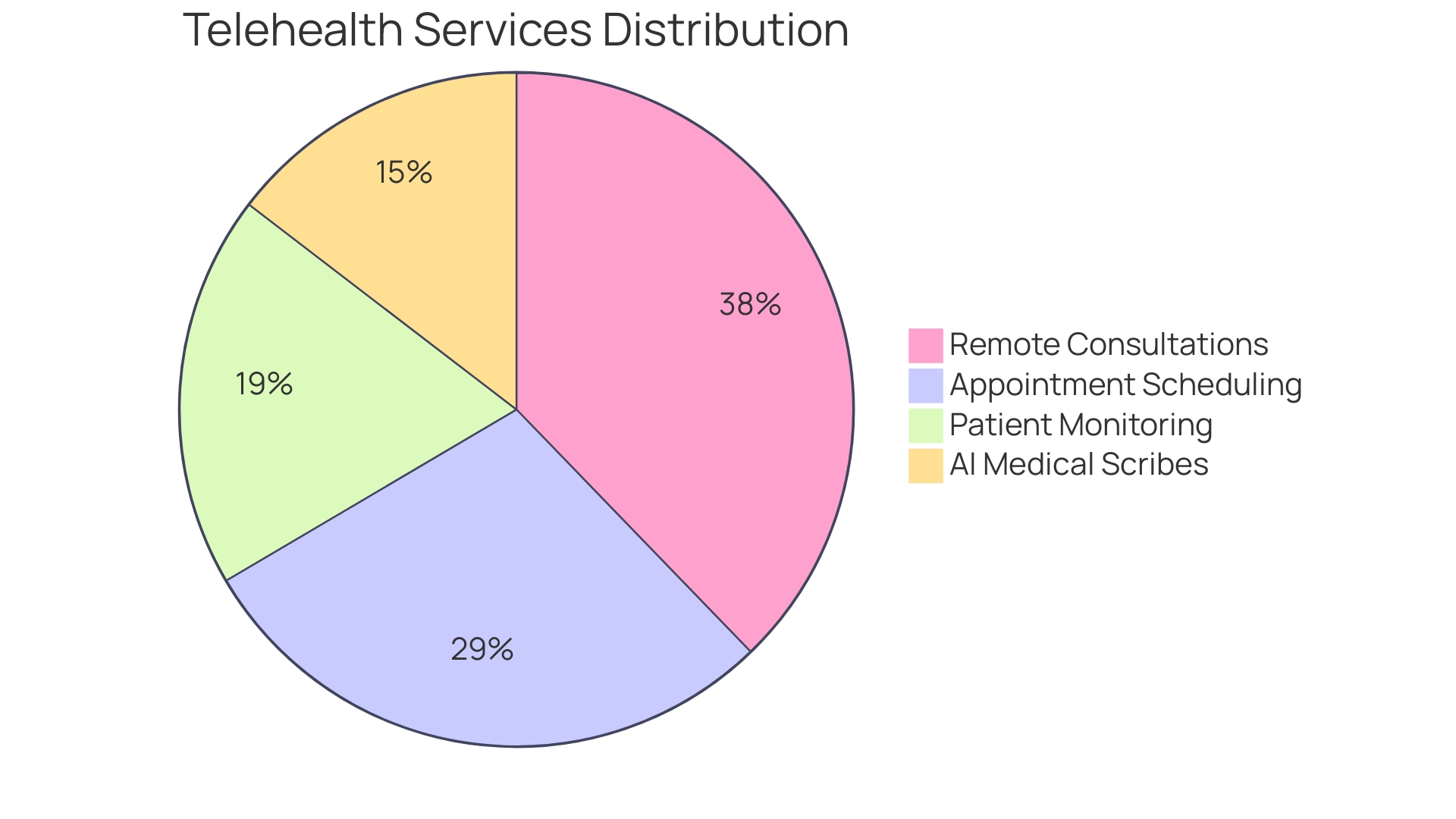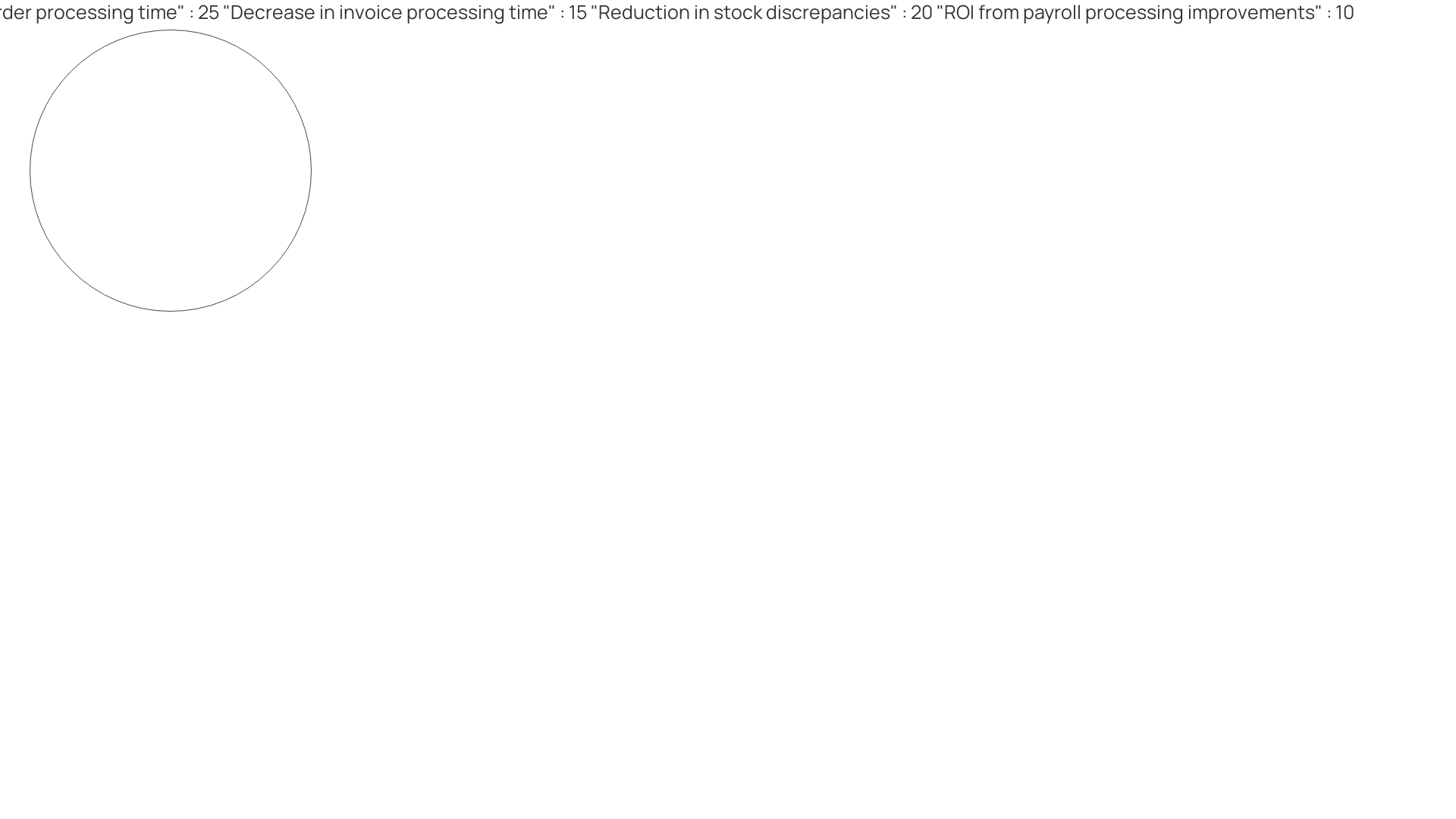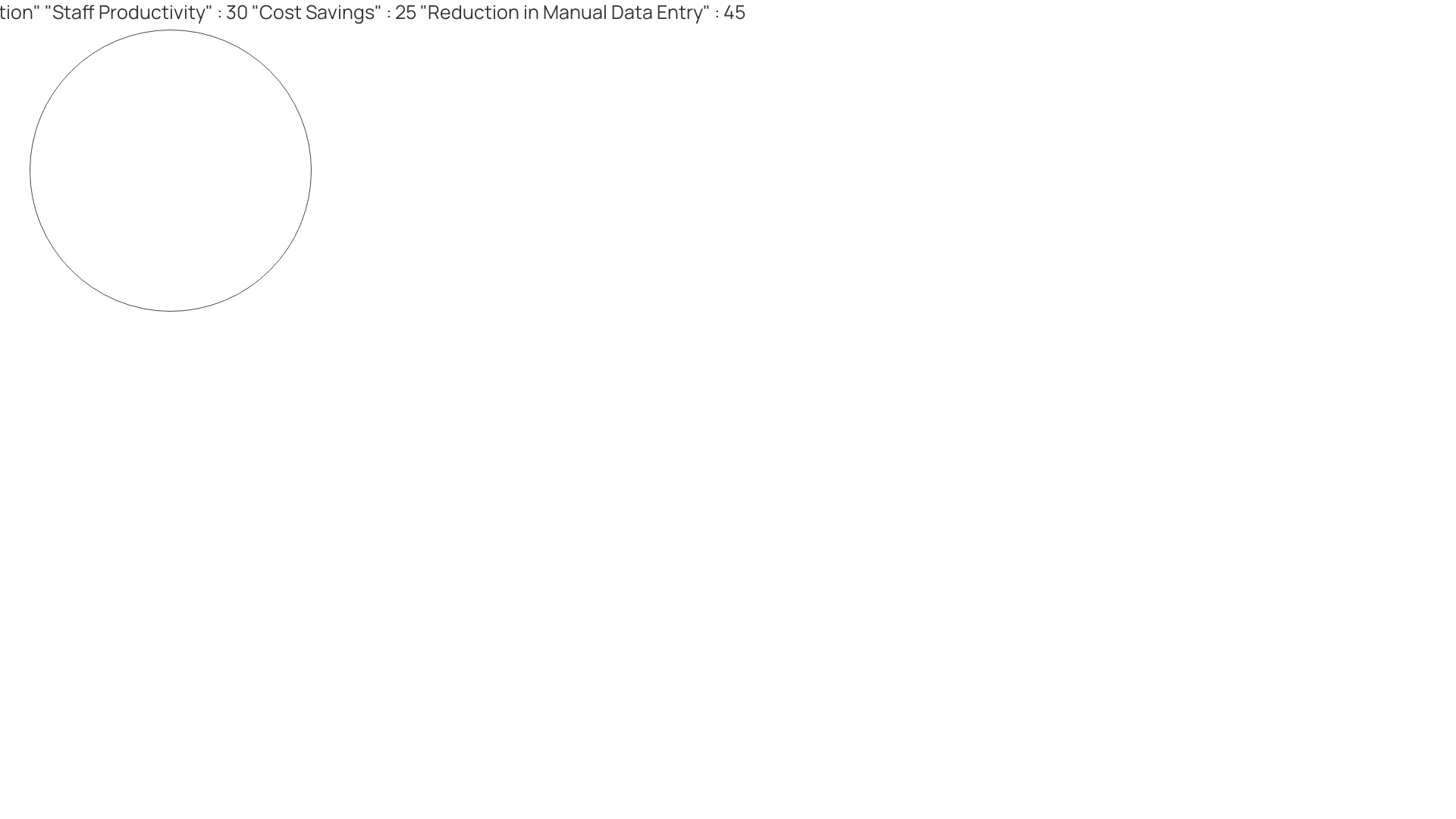Introduction
Robotic Process Automation (RPA) is revolutionizing the healthcare industry by streamlining administrative tasks and boosting operational efficiency. From automating relationship manager allocation to eliminating manual data entry, RPA is saving significant time and money while enhancing data reliability and staff usability.
This article explores the benefits of RPA in healthcare, its use cases, its integration with telemedicine and virtual care, its impact on supply chain management, and the future of RPA in the healthcare industry. Discover how RPA is transforming healthcare operations and paving the way for improved patient care and financial performance.
Benefits of RPA in Healthcare
Robotic Process Automation (RPA) is revolutionizing the healthcare industry by streamlining tedious administrative tasks, thus boosting operational efficiency to new heights. For instance, a striking transformation was witnessed when relationship managers' allocation across various accounts, an administrative-intensive process, was automated. This previously manual and error-prone task that took up to seven days to complete was astonishingly reduced to a mere day, enhancing efficiency by a remarkable 88 percent and saving a significant 840 hours annually.
Moreover, the healthcare sector is reaping financial benefits from RPA, exemplified by Surgery Partners, who reported annual savings of over $150,000 by eliminating manual data entry, which is not only repetitive but prone to errors. This has not only resulted in financial savings but also allowed employees to engage in more meaningful and satisfying work. By focusing on ROI from the outset, healthcare leaders can effectively demonstrate the value of RPA, tracking metrics such as time and money saved, data reliability, staff usability, and efficiency improvements.
For example, RPA's role in reducing the workforce in specific departments is a testament to its efficiency gains. The adoption of RPA in healthcare is more than a trend; it's a strategic imperative, with automated workflows accelerating claim processing and freeing staff to concentrate on patient care and strategic initiatives. With the healthcare revenue cycle transforming, organizations leveraging automation are poised to enhance financial performance and elevate patient care to unprecedented levels.
Use Cases of RPA in Healthcare
Robotic Process Automation (RPA) is revolutionizing healthcare operations by streamlining tasks such as appointment scheduling, billing, and managing electronic health records. A striking example of RPA's potential is a program that transformed a week-long, error-prone process of reallocating relationship managers into a one-day task, boosting efficiency by 88% and saving 840 hours annually. This leap in productivity is not isolated; similar improvements are echoed across the healthcare sector, indicating that automation not only expedites administrative workflows but also enhances data reliability and staff usability.
By automating routine tasks, healthcare professionals can redirect their focus towards more strategic initiatives and patient care, fostering an environment where technology and human expertise collaborate for superior healthcare delivery. The profound impact of RPA, underscored by case studies like Surgery Partners, which saved over $150,000 per year by eliminating manual data entry, illustrates the critical role of RPA in the financial and operational betterment of healthcare institutions. In light of such compelling evidence, including the potential return-on-investment, healthcare leaders are prompted to consider the integration of RPA to maintain a competitive edge and continue providing exceptional patient care.
Telemedicine and Virtual Care
The integration of Robotic Process Automation (RPA) into telehealth represents a significant advancement in the digital transformation of healthcare. RPA's role in streamlining telemedicine services, such as remote consultations, appointment scheduling, and patient monitoring, cannot be overstated. For instance, Surgery Partners leveraged RPA to save over $150,000 annually by automating repetitive tasks, thereby enhancing staff focus on more complex duties.
Telehealth has evolved from its early 20th-century roots, utilizing radio and telephone, to today's sophisticated digital platforms that include video consultations and remote monitoring. These services have become particularly vital in underserved regions, improving accessibility and efficiency in healthcare delivery. AI medical scribes are revolutionizing telehealth by capturing crucial information during virtual visits, leading to more informed patient care and optimized decision-making.
These scribes facilitate a more efficient medical process, allowing healthcare providers to focus on patient interaction rather than note-taking. The result is not only a more personalized care experience but also improved patient outcomes. Moreover, the value of telehealth has been underscored by the pandemic, with 84% of physicians acknowledging that telehealth improves patient access to care.
Patients' acceptance of telemedicine has also surged, with 88% expressing a preference for its use post-pandemic. This shift in perception is reflected in the positive experiences reported by patients, many favoring video calls over traditional phone appointments. As the healthcare industry continues to innovate, the incorporation of wearables and virtual primary care programs is on the horizon, further expanding the capabilities of telehealth.

Supply Chain Management and Inventory Optimization
In the realm of supply chain management, Robotic Process Automation (RPA) is becoming a cornerstone for enhancing efficiency and streamlining inventory control. By automating critical tasks such as inventory tracking and order processing, RPA not only accelerates production speeds but also improves profit margins.
A compelling case in point is the experience of St. James, which saw a significant return on investment (ROI) in terms of labor per case by deploying automation technologies. The company is now considering further automation to maintain its production efficiency and keep pace with rising demands.
Similarly, John Dee Warwick's transition to automation, guided by Business Development Manager Soeren Schauki of Dematic, addressed the unique challenges of meat processing. The switch to automated systems allowed for better tracking, accuracy, speed, and safety, resolving the inefficiencies of manual handling.
Moreover, the healthcare industry also recognizes the value of RPA. Henry Ford Health System, for instance, is tackling supply backlogs and vendor management issues by opening a central services center.
This initiative is partly driven by the need to centralize control over critical SKUs that are difficult to obtain through traditional distributors. As per market reports, the UK Supply Chain Management Software market is projected to achieve a compound annual growth rate (CAGR) of 6.42% from 2023 to 2028. This growth signifies the increasing contributions of AI and automation across the supply chain. From a financial perspective, organizations have reported impressive gains from RPA implementation, with approximately 30% reduction in order processing errors and time, a 50% decrease in invoice processing time, and a substantial 25% ROI. Streamlined inventory management has led to a 40% reduction in stock discrepancies, and payroll processing improvements have resulted in a 35% ROI. These statistics underscore the tangible benefits of integrating automation in supply chain operations, making it an essential strategy for businesses seeking sustainable growth and profitability.

Future of RPA in Healthcare
Robotic Process Automation (RPA) in healthcare is transforming the industry with its ability to streamline operations and improve patient care. By integrating RPA with AI and machine learning, healthcare organizations are achieving significant efficiency gains.
For instance, the adoption of RPA has enabled a staggering 88% increase in efficiency by reducing a week-long process to just a single day, saving upwards of AED 210 million in staffing and related costs. Moreover, annual savings of more than $150,000 have been reported by eliminating tedious manual data entry, allowing staff to engage in more meaningful work.
The benefits of RPA are underscored by Surgery Partners, which has experienced a substantial reduction in manual data entry across multiple functions. This not only cuts costs but also minimizes errors and frees up employees for more complex tasks.
Establishing a culture of innovation, choosing knowledgeable partners, and embracing a hybrid approach that combines technology with human oversight are key to successful RPA implementation in healthcare. It's crucial to consider ROI from the start, with common metrics including time and money saved, data reliability, staff usability, and efficiency improvements. As the medical device market continues to grow at a CAGR of 5.4%, companies like Tento+ are leveraging generative AI to expedite regulatory approval processes, demonstrating the potential of AI in healthcare innovation. The integration of RPA with AI is not just an option but a necessity, paving the way for enhanced efficiency, financial performance, and patient care in the healthcare industry.

Conclusion
In conclusion, Robotic Process Automation (RPA) is revolutionizing healthcare by streamlining tasks, saving time and money, enhancing data reliability, and improving staff usability. RPA's integration with telemedicine and virtual care has improved accessibility and efficiency in healthcare delivery. The use of AI medical scribes in telehealth has led to more informed patient care.
RPA also plays a crucial role in supply chain management, automating inventory tracking and order processing to accelerate production speeds and improve profit margins. Looking ahead, the future of RPA in healthcare is bright. Integrating RPA with AI and machine learning will lead to even greater efficiency gains.
In summary, RPA is transforming healthcare operations, paving the way for improved patient care and financial performance. Its impact on administrative tasks, data reliability, supply chain management, and telemedicine integration is undeniable. As the healthcare industry continues to innovate, incorporating RPA will be essential for maintaining a competitive edge and providing exceptional patient care.





